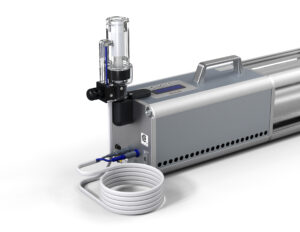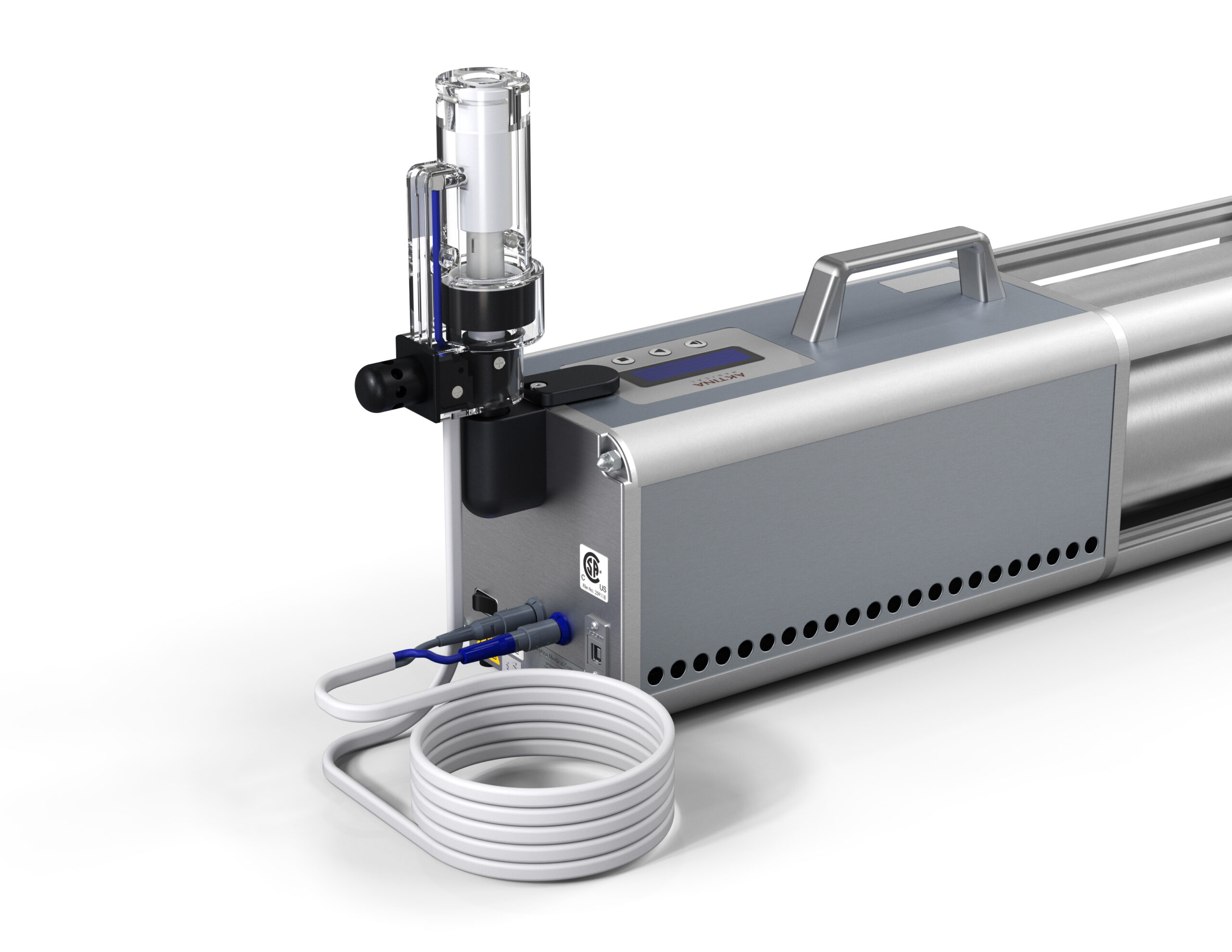When examining radiation treatment regimens for patients, how can we define increasing value? For many parts of our daily lives, value is difficult to define – because value itself is at least in part defined by each consumer, and thus value assessments for any particular item or service vary from person to person. Indeed, economists often simply say that something is valued, or worth, whatever someone is willing to pay for it. For radiation treatments, we believe we can go further to show how treatment accuracy and improved immobilization methods will positively impact the value for patients.
For example, we can say that because the very purpose of a prescribed radiation treatment is to battle a disease or condition, the value of that treatment is directly linked to the accurate delivery of that prescribed treatment. Thus, all else being equal, a more accurate delivery of the prescribed treatment delivers more value to a patient than would an inaccurate delivery.
And, if the accuracy of the treatment regimen is held constant, at least two other factors would affect the treatment value for patients – the time required for that treatment, and the comfort of the patient during treatment. In both these cases, we propose that an improvement in either of these factors – that is, a time reduction or an improvement in comfort – would be valued by the patient and thereby increase the overall value of that treatment. In reality, these two factors are not completely independent, as longer setup and treatment times can also negatively patient comfort.
Given these conditions, how can calibration and improved immobilization affect these factors? In the first factor, treatment regimen accuracy, improvements in positioning accuracy or the accuracy of the radiation delivery itself would add to patient value. In a similar way, any decrease in patient positioning and treatment times or increase in patient comfort would also add to patient value.
Considering all these factors, it becomes clear that calibration could be the most important activity that affects multiple patient value factors. Calibration benefits a wide range of treatment-related elements, including:
- initial patient positioning for imaging
- the repeatability of patient positioning for treatments
- the time required for accurate positioning
- the repeatability of breath holding for abdominal treatments
- the correct selection and installation of beam-forming cones
- the correct delivery of radiation intensity
- and more
Aktina offers a wide range of equipment calibration tools and supporting devices, including phantoms, laser positioning systems, and spirometers. The use of these tools to calibrate radiation treatment equipment will result in more accurate treatment delivery, and thus higher value for patients.
 In addition, some of these tools are automated in such a way as to reduce the chances of human error while also reducing the time required for calibration. This is a win-win situation that benefits both patients and treatment providers in multiple ways as described above. A good example of this is the Spirocheck Duo calibration system that provides automated calibration for ABC systems. Like the traditional calibration approach, it uses a plunger to deliver a known volume of air to the ABC, but instead of being manually operated, it is powered so that the rate of the air delivery can also be controlled in a repeatable, accurate manner. As a bonus, the entire calibration and operational check takes less than 5 minutes, so the calibration be performed daily at a minimum, and if desired, as often as before each patient while saving considerable technician time.
In addition, some of these tools are automated in such a way as to reduce the chances of human error while also reducing the time required for calibration. This is a win-win situation that benefits both patients and treatment providers in multiple ways as described above. A good example of this is the Spirocheck Duo calibration system that provides automated calibration for ABC systems. Like the traditional calibration approach, it uses a plunger to deliver a known volume of air to the ABC, but instead of being manually operated, it is powered so that the rate of the air delivery can also be controlled in a repeatable, accurate manner. As a bonus, the entire calibration and operational check takes less than 5 minutes, so the calibration be performed daily at a minimum, and if desired, as often as before each patient while saving considerable technician time.
Another area that benefits from improved products and procedures is patient immobilization. There have been recent advancements in abdominal, body and cranial radiosurgery immobilization techniques that are non-invasive, help ensure treatment accuracy, and provide a higher degree of patient comfort – a win-win-win situation. For example, Aktina took a unique approach to SBRT immobilization with the introduction of the Memorial Cradle 2 Lateral Support System, developed in conjunction with Memorial Sloan Kettering Cancer Center. The new system features a unique method for immobilization that increases accuracy and reproducibility while taking less time and reducing patient stress. Improved immobilization products and procedures are also available for cranial radiosurgery and abdominal radiotherapy, extending these value benefits to a broad range of patients.
Contact Aktina Medical to learn more about how you can increase your treatment value for patients with improved calibration and patient immobilization solutions.

